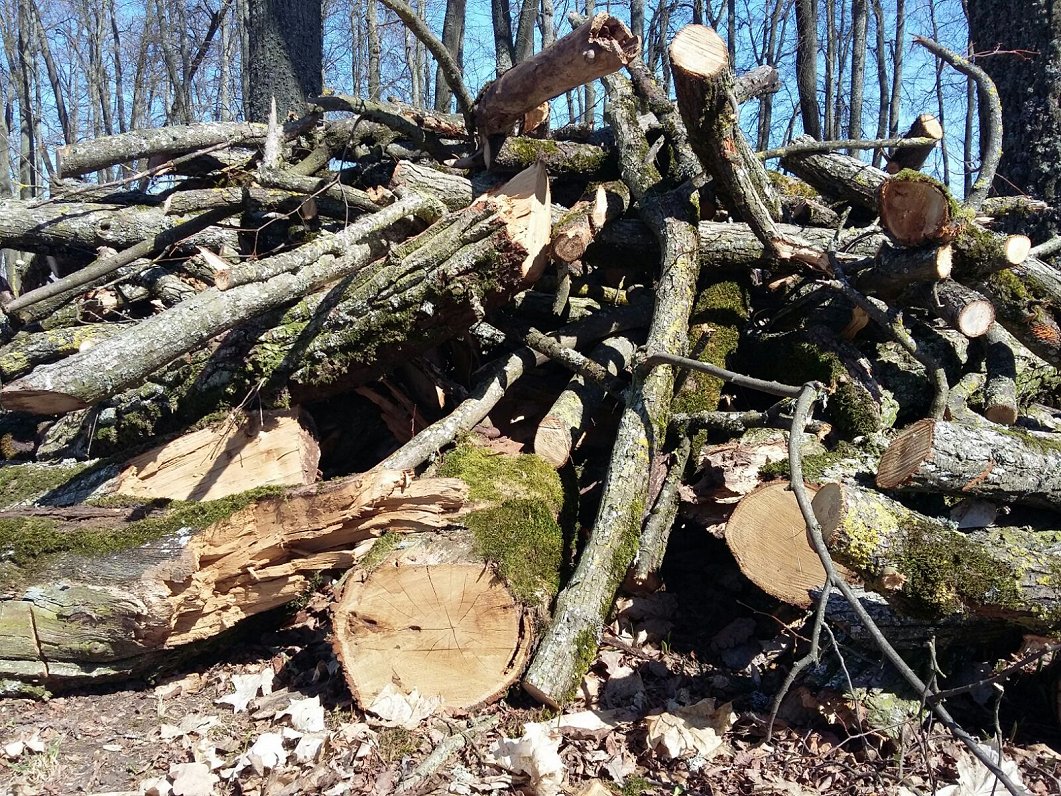The forest sector – forestry, woodworking and furniture production – is one of the cornerstones of the Latvian economy. Last year, the industry as a whole has been successful, but not due to the increase in production, but to the high price increases. Prices will fall this year, with the sector facing new challenges.
Data on the forest sector for the last 11 months are currently being compiled, but the Executive Director of the Latvian Forest Industry Federation, Artūrs Bukonts, estimated that 2022 will end with a new export record for the sector. The previous year, exports value was 3.5 billion euros, whereas in 2022, it was 4 billion.
“Everything looks good in the figures, but real inflation is higher than expected, various cost lines increased significantly, there is a need to increase wages, and everything that involves production, including fuel prices, is a very important part of the cost. In logging, fuel accounts for 25% of the cost, while in the case of log transport, it is 45% and, if the fuel is twice more expensive, it is a very significant impact,” said Bukonts.
The three main export markets of Latvia's forest sector are the United Kingdom, Sweden, and Germany. The Agriculture Minister's advisor Aiga Grasmane said that wood exports have increased not because of increased production, but because last year the price of wood was rising rapidly.
"Due to the sanctions imposed against Russia and Belarus, the pressure on local resources increased and, as concerns over gas supplies grew, energy wood and prices soared and this caused some kind of panic. It was an extraordinary year. For forest owners, it was a good opportunity to earn by selling unproductive groves that have been outgrown or damaged. In such a way, it is positive that at least some part of this unproductive forest has now been harvested and then the owners must ensure that a new and high-quality forest is growing there,” Grasmane said.
Until now, Latvian companies also imported sawn wood from Russia and Belarus. These volumes have been declining for several years now.
Last year, the forest sector reached export records, but this year the situation will no longer be so pleasing.
Bukonts, executive director of the Latvian Forest Industry Federation, said that demand for building materials would be reduced because the warehouses are full: “Construction volumes fell both because of inflation and other aspects, and what we see in the end of last year, in the fourth quarter, is a very sharp drop in prices, a very sharp drop in demand. In principle, the sector undermined its output volumes by about 30% in the fourth quarter."
Grasmane estimated that some of the wood products produced at very high prices would have to be sold below expense cost this year due to the fall in prices. On the market, demand and supply are shifting and demand for timber could rise in the second quarter of this year.





























